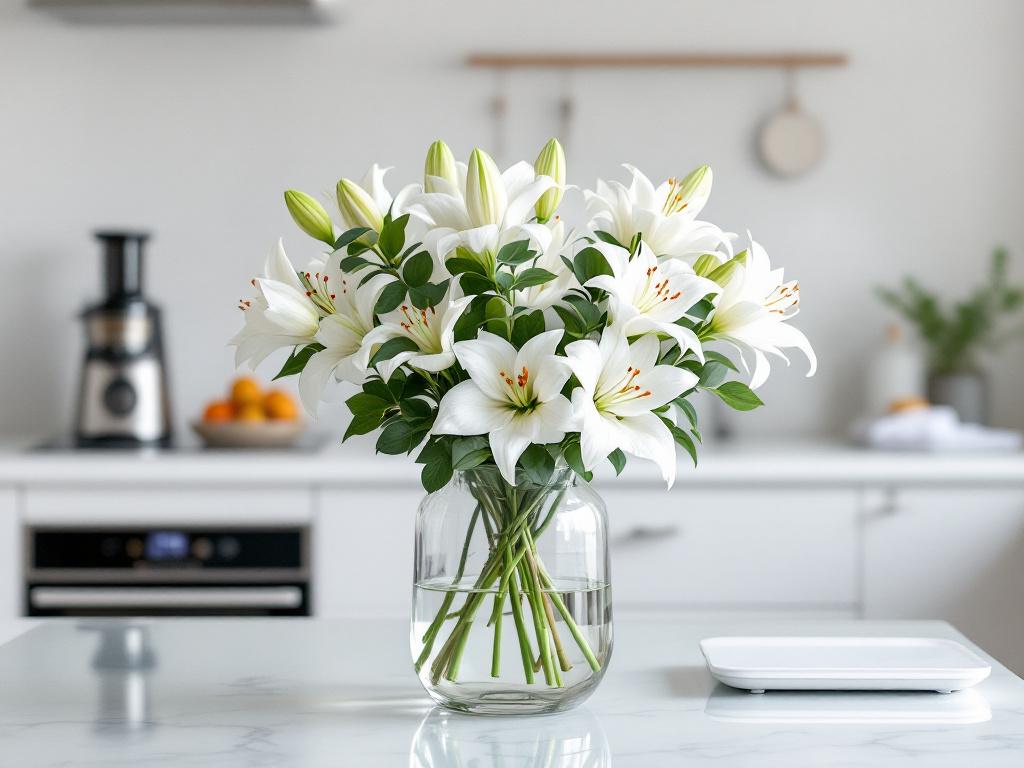
Flowers in Queen Creek and San Tan Valley
To comprehensively grasp the longevity of cut flowers, it is essential to explore the biological processes that underpin their lifespan. Flowers are living organisms, and their health depends heavily on external factors such as water quality, temperature, and sunlight exposure. One critical aspect affecting their longevity is the water they absorb. Fresh water plays a crucial role in transporting essential nutrients throughout the flower’s cells. Conversely, contaminated or stagnant water can hinder this process, leading to premature wilting and decay. Regularly changing the water and using clean vases can dramatically enhance flower retention time.
Temperature also significantly affects the longevity of floral arrangements. Most cut flowers thrive in cooler environments, making it vital to keep them in a controlled temperature setting. Heat accelerates the rate of respiration and aging, leading to a shortened lifespan. As such, placing bouquets away from heat sources, such as radiators or direct sunlight, can effectively extend their vitality. Furthermore, certain flowers have specific temperature preferences that can influence their longevity, thus understanding these needs is advisable.
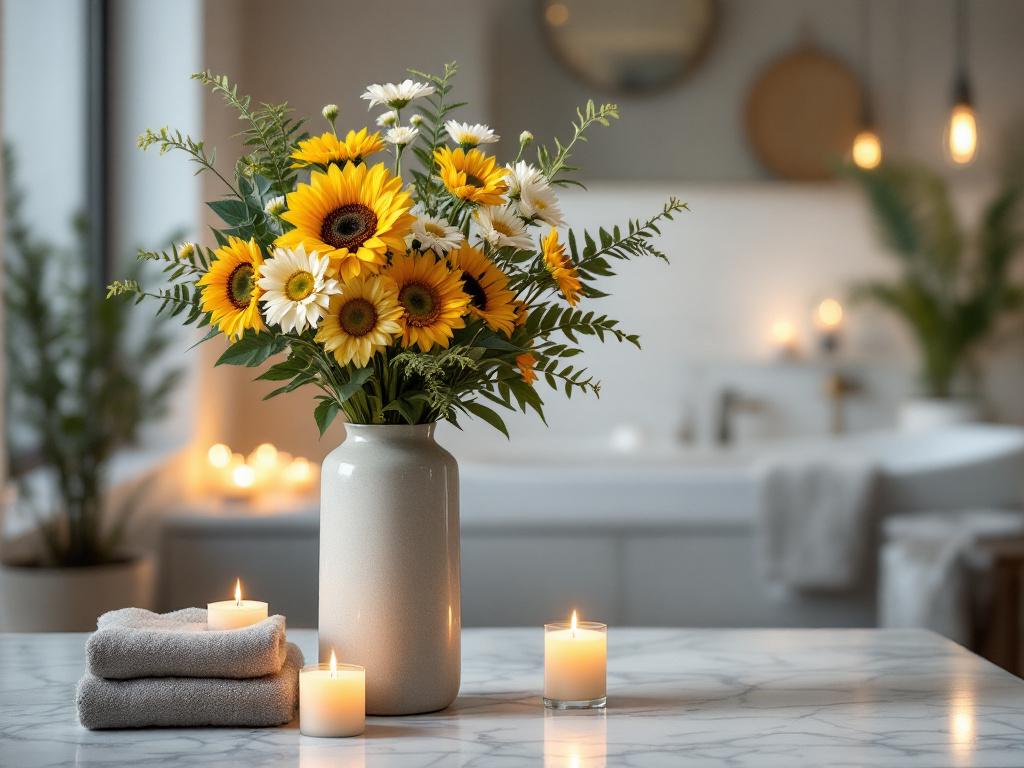
Sunlight exposure is another factor that plays a pivotal role in flower preservation. While many flowers benefit from some light, excessive direct sunlight can cause the petals to scorch, diminishing their aesthetic appeal. Understanding the specific light requirements for different varieties can maximize their lifespan. Additionally, common mistakes, such as overcrowding stems in a vase or not trimming ends before placing them in water, can drastically shorten a bouquet’s freshness. By acknowledging these biological aspects of flower longevity, one can ensure that floral arrangements last as long as possible, enhancing their beauty and enjoyment.
Best Rooms for Flower Arrangements
When considering the placement of flower arrangements within a home, it is essential to evaluate each room’s characteristics and how they can influence the longevity of the flowers. Different environments present unique challenges and advantages that can either enhance or shorten the life of floral displays.
The living room is typically a focal point within a home, making it an ideal location for vibrant flower arrangements. This room often benefits from natural light, which can help flowers bloom beautifully. However, care should be taken to avoid direct sunlight, as excessive heat can dehydrate the blooms more rapidly. A cool, shaded area near a window is optimal for maintaining the ideal temperature and humidity levels.
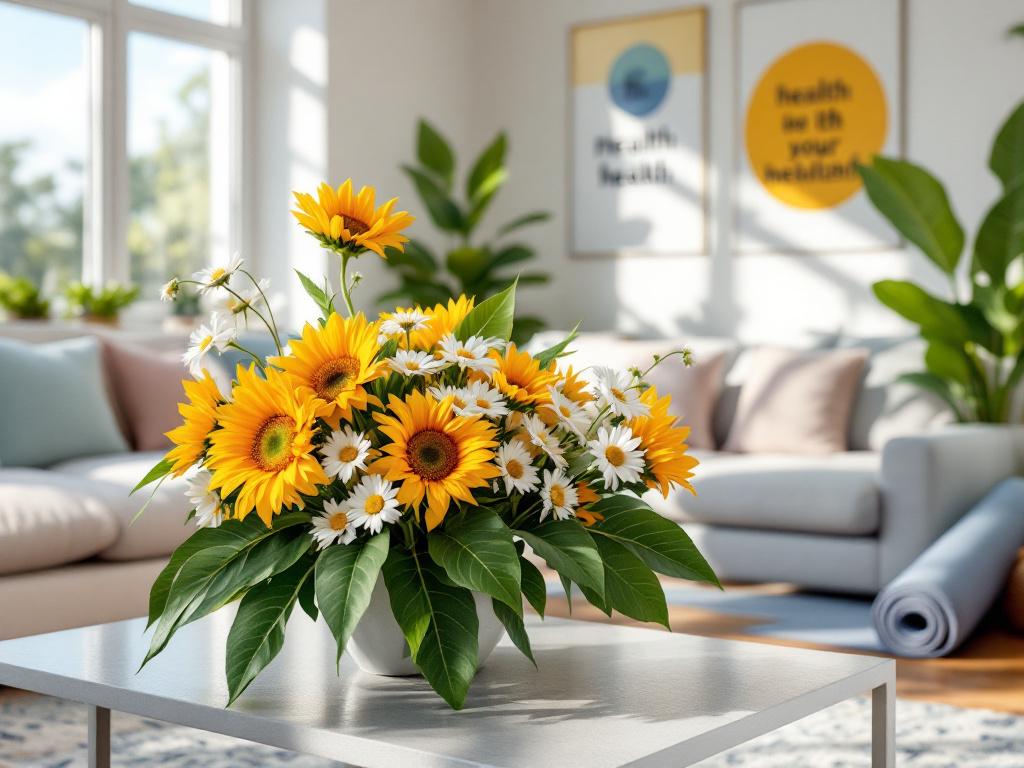
The kitchen offers a dynamic environment for flower placement, though it can be a double-edged sword. While the closeness to food preparation may enhance the aesthetic appeal of the space, kitchens often have fluctuating temperatures and moisture levels, which can significantly affect floral arrangements. Placing flowers away from direct heat sources, such as the stove or oven, and ensuring they are not exposed to extreme humidity from cooking can aid in prolonging their beauty.
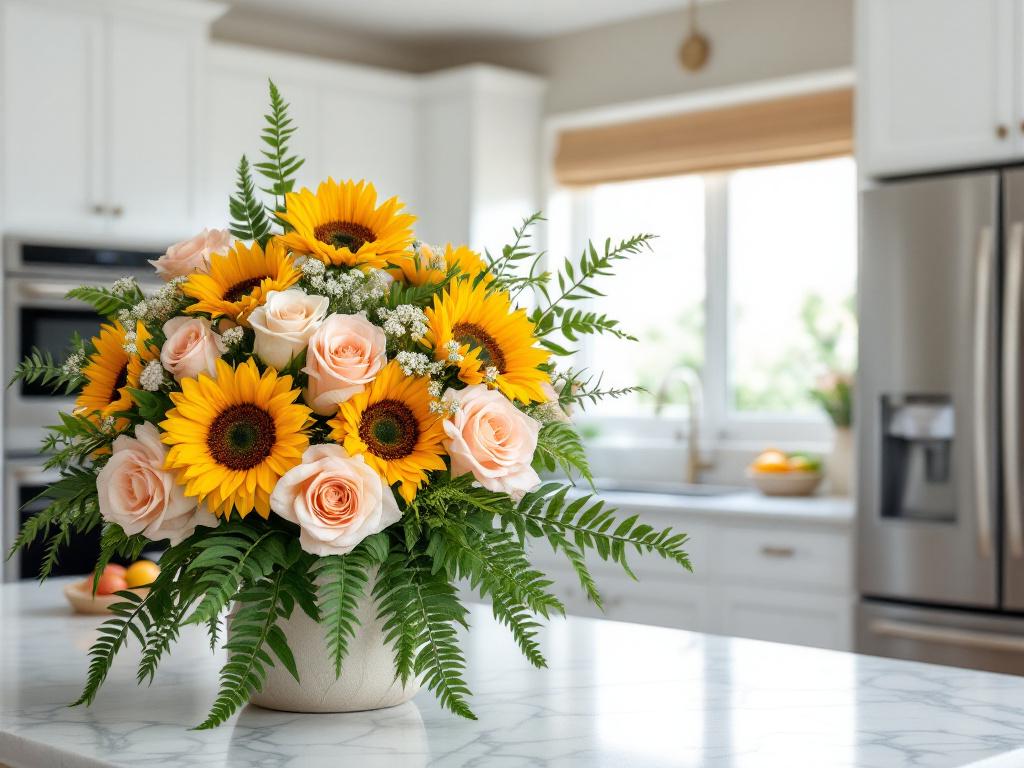
In the bedroom, flowers can introduce serenity and elegance. However, the conditions in this space may not always be ideal for flower longevity. Bedrooms can often be cooler and darker, which can lead to less optimal blooms. Choosing flowers that thrive in low-light conditions, such as certain types of orchids or peace lilies, can yield better results. Regular maintenance, such as changing the water and pruning dead leaves, can also extend their lifespan.
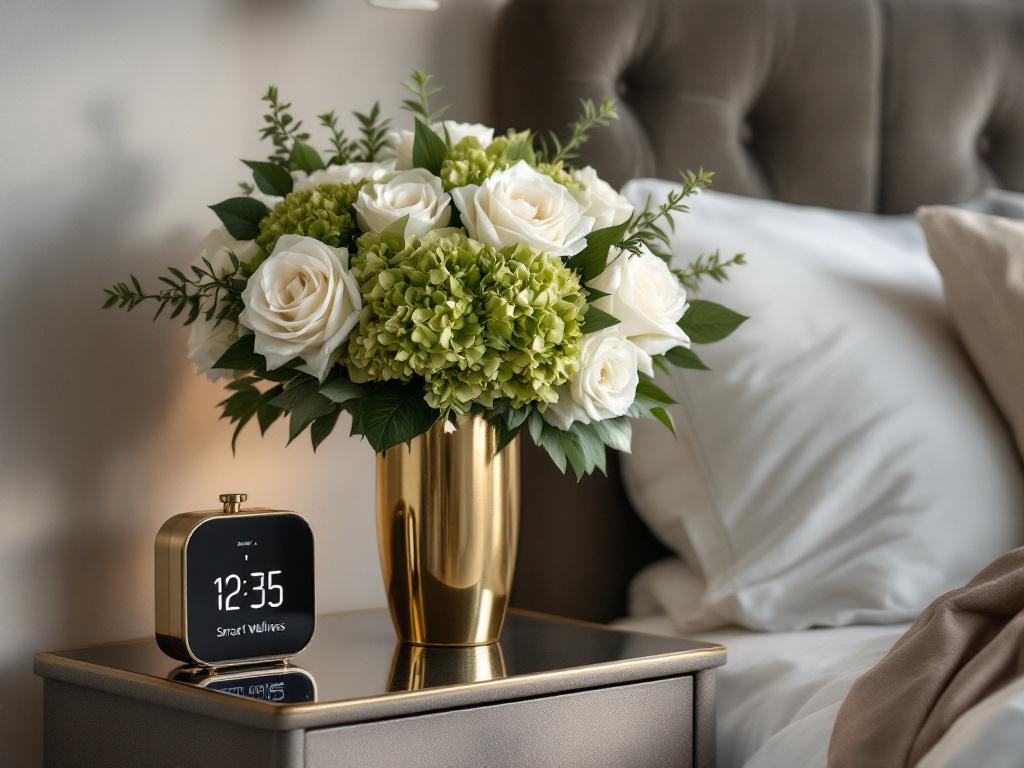
The bathroom is another area worth considering for floral arrangements. Many bathrooms tend to be humid, which can be a favorable environment for some varieties of flowers. However, excessive moisture can also lead to mold growth, posing a risk to the flowers’ health. Selecting hardy, humidity-loving varieties and ensuring good air circulation can help in maintaining fresh arrangements.
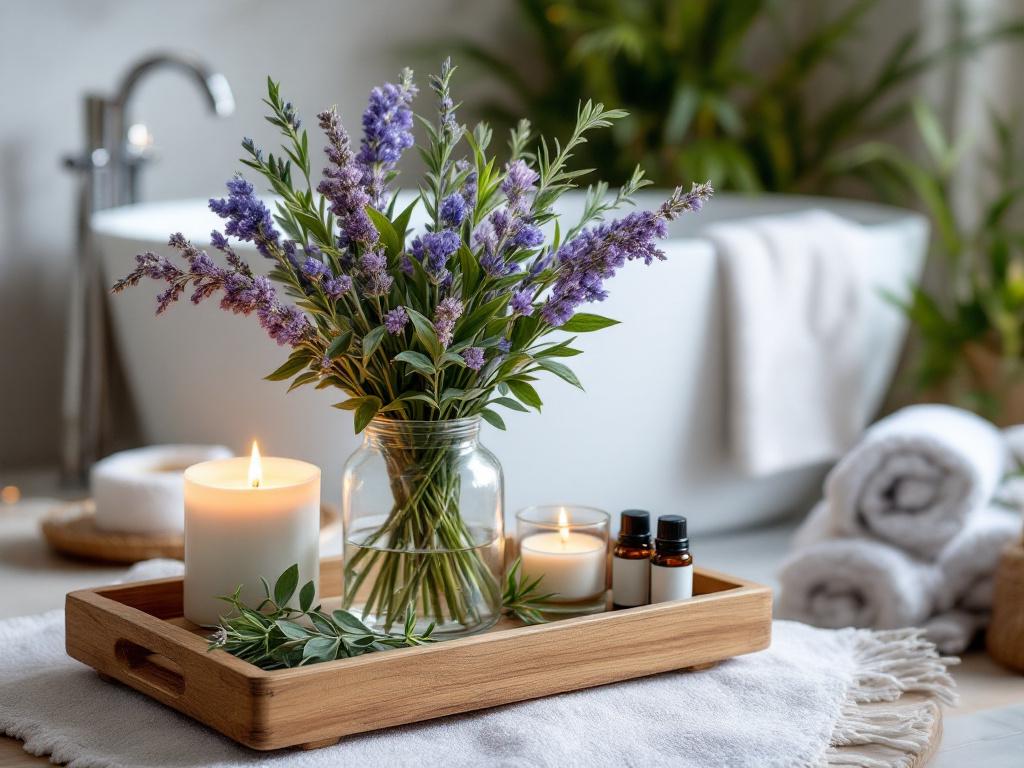
By thoughtfully considering the characteristics of each room and matching them with suitable flower types, it is possible to create stunning floral displays that maintain their vibrancy for longer periods. Each room has its own unique environment, and recognizing the specific needs of both the flowers and the space will enhance the overall aesthetic of the home.
Tips for Optimal Placement
To maximize the longevity of your flower bouquets, the placement within a room plays a crucial role. First and foremost, consider the surface on which your bouquet will be displayed. Opt for stable and flat surfaces such as dining tables or console tables, ensuring that they are not in direct line with traffic flow to prevent accidental knocks. Placing your flowers in low-traffic areas not only enhances their safety but also allows you to enjoy their beauty without interference.
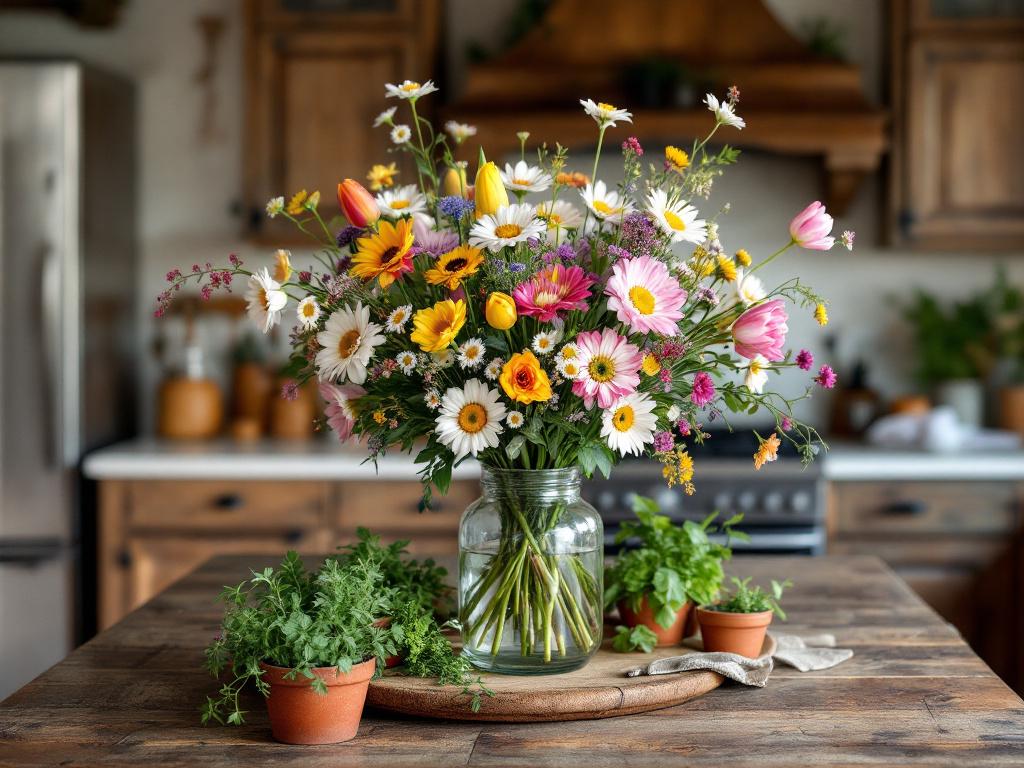
It is equally important to select an appropriate location that is free from drafts and heat sources. Avoid placing bouquets near open windows, heaters, or air conditioning vents, as fluctuating temperatures can hasten wilting. Flowers thrive in environment that provides consistent temperature and humidity. A room with moderate temperature, away from extreme conditions, will help in maintaining the fresh appearance of your bouquets for an extended period.
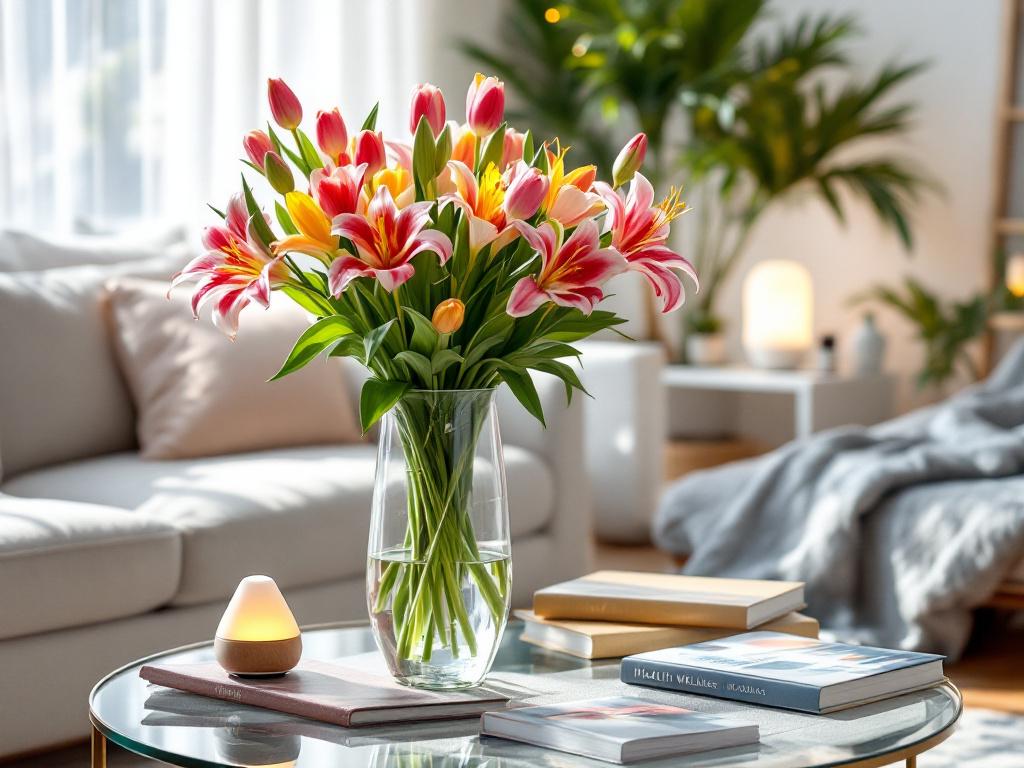
Moreover, using the right vase and additives can significantly affect the lifespan of your flowers. Choose vases that allow for adequate water capacity and have clean, stem-friendly openings. Using clear or colored glass can also enhance the visual appeal of your arrangement. Additionally, consider adding nutrient solutions or floral preservatives to the water, which can provide essential nutrients that help sustain the flowers longer. Regularly changing the water and trimming the stems at an angle will further promote better water absorption, ultimately keeping your bouquets vibrant and fresh.
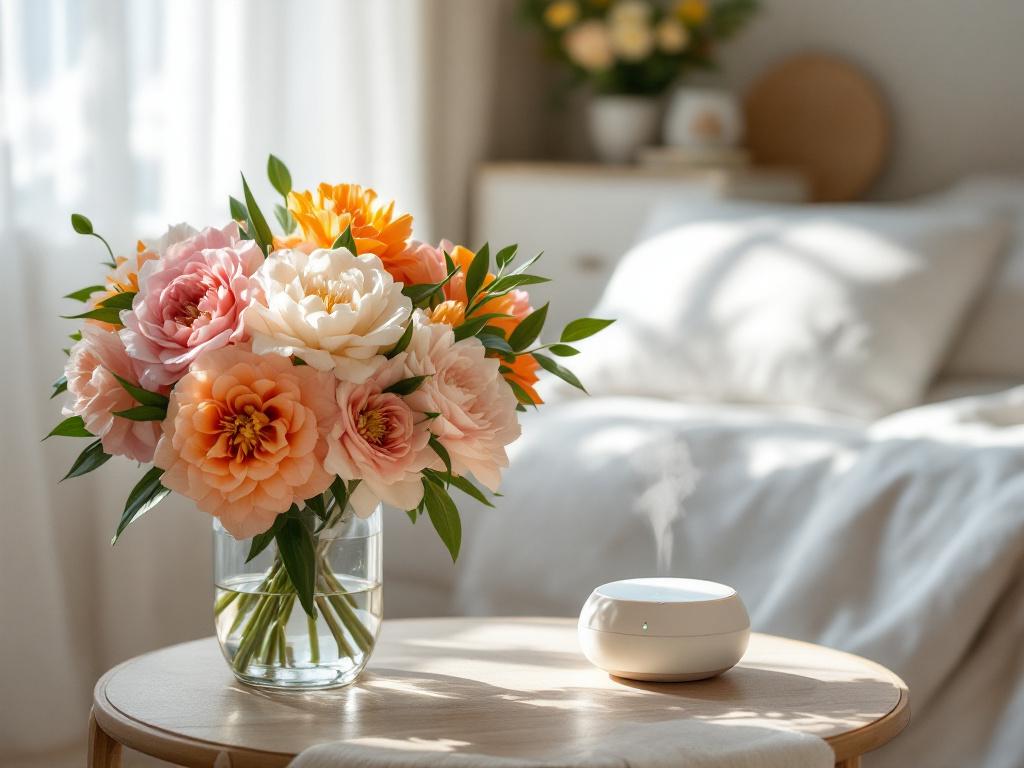
In conclusion, by thoughtfully selecting both the surface and placement of your flower bouquets, along with utilizing suitable vases and water additives, you can significantly enhance their longevity. Through mindful care and ideal positioning, your floral arrangements can remain a source of beauty and joy for an extended duration.
Typically, the lifecycle of flowers varies; some types, like daisies and sunflowers, may last up to a week, while others, like lilies or roses, can thrive for ten days or more with proper care. The longevity of your bouquet can be influenced significantly by its environment. Inadequate hydration and exposure to direct sunlight or heat can accelerate decline. By understanding these signs and taking proactive measures, flower enthusiasts can extend the life of their arrangements, ensuring they enjoy the beauty of their bouquets for as long as possible.
